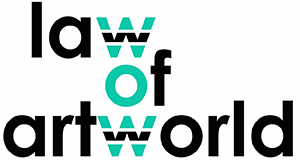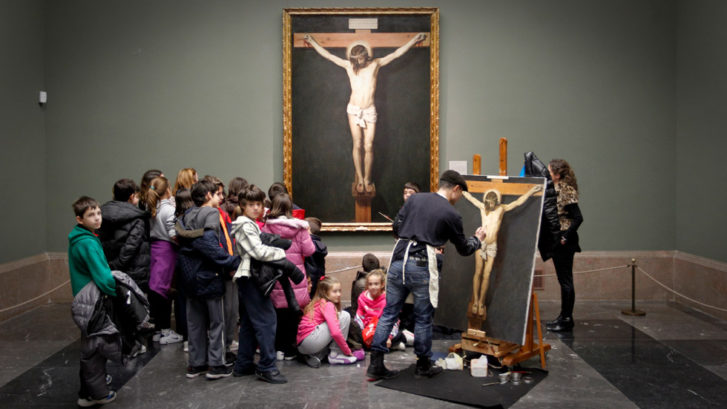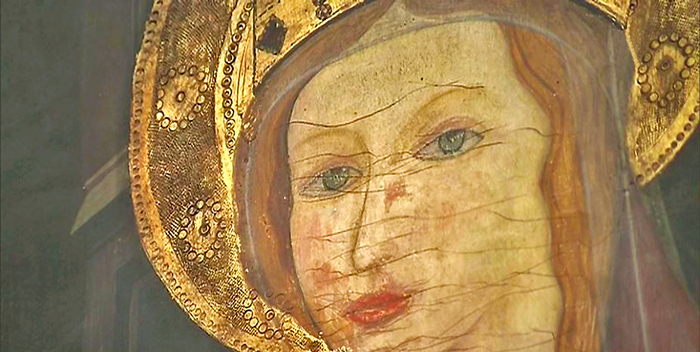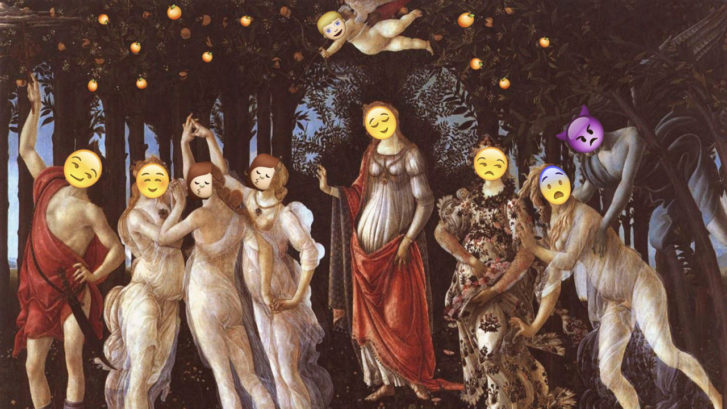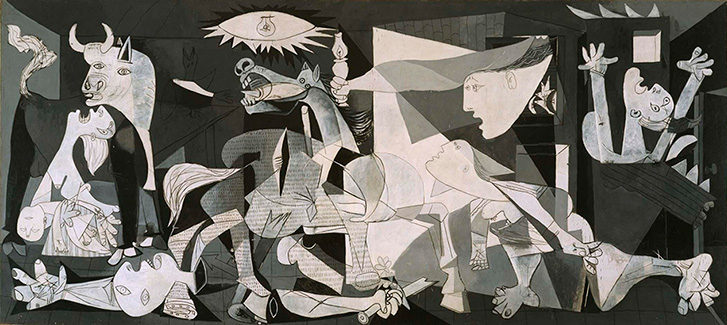Artificial Intelligence + Art + Law: What Happens with the Web Scraping?
Artificial intelligence has proven to be one of the most disruptive technologies of our time and its impact affects many areas of our lives, including, of course, artistic creation. Many authors are currently facing doubts that affect their artistic processes and their role as creators. To a certain extent, one might think that copyrights as we know them, are in question.
Artificial intelligence forces us to rethink the classical concept of authorship where the author was seen as the complete “maker” of a work, both materially and intellectually. Even from a philosophical point of view, it leads us to redefine our social perception of authorship and creativity, because the incorporation of such an unpredictable and surprising technology in creative processes raises doubts about the intervention (qualitative and quantitative) of the author in the final result. To what extent do the commands, orders, and choices of an author determine the result obtained as output? Can we continue to see authors as creators dealing with the creation process as a whole? What role does artificial intelligence play here then?
